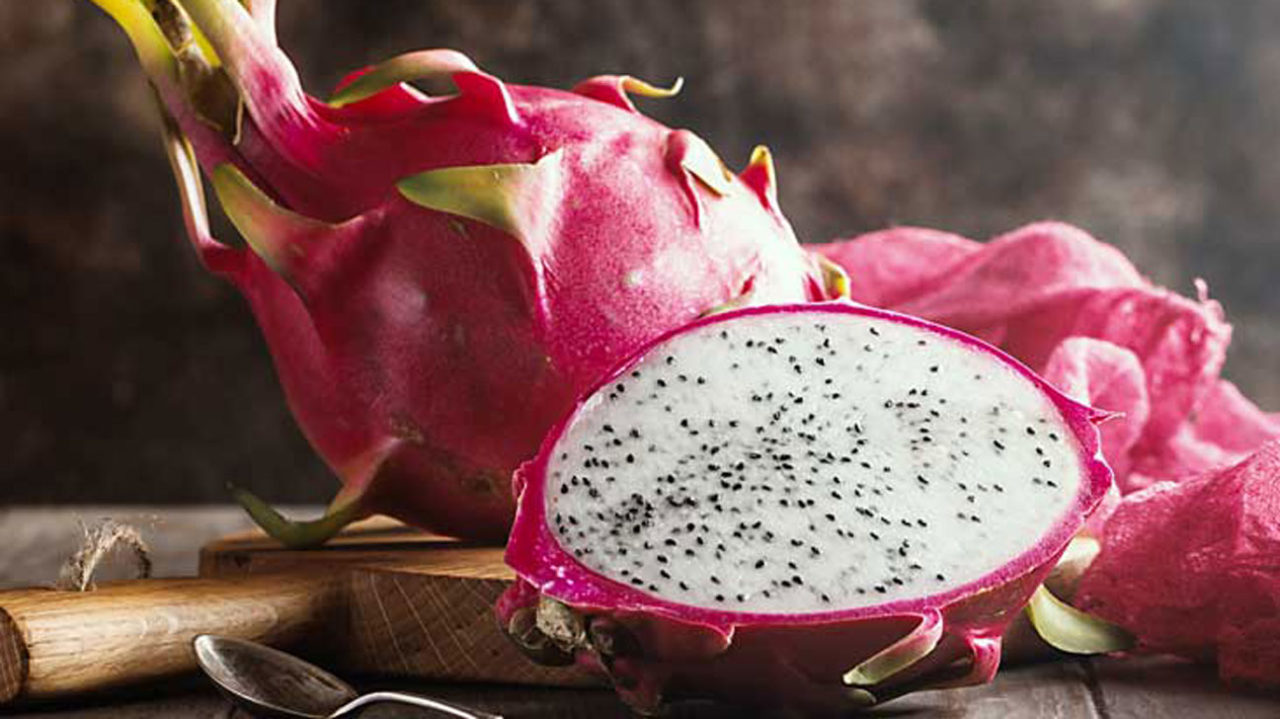
China is expanding the cultivation of red-fleshed dragon fruit, which sells at lower prices than imports from Vietnam.
Last year, it said it grew the fruit on 67,000 hectares and produced 1.6 million tons, which exceeded Vietnam’s output.
The People’s Daily newspaper reported that farmers in Cixi in Zhejiang Province in eastern China worked all night to pollinate dragon fruit, ensuring a bumper crop artificially.
Chinese news site Produce Report said July-August is the peak season for the fruit, and in Guangxi, the largest producer in the country, dragon fruit prices have dropped to record lows.
Red-fleshed dragon fruit is selling at some seven renminbi (nearly US$1) per kilogram and white-fleshed dragon fruit imported from Vietnam at around nine renminbi in Nanning, the capital of Guangxi.
The local produce has also flooded markets in other Chinese localities, and mostly costs less than the Vietnamese imports.
With the jump in domestic production, imports from Vietnam are falling.
According to data from China Customs, 206,000 tons had been imported in the first half of this year, mostly from Vietnam, for 1.37 billion renminbi ($187 million), a year-on-year decrease of 50.4% and 42.9% and the lowest levels in nearly a decade.
In August, Vietnam’s dragon fruit exports were down 20.5% year-on-year and 34% from July to $40.6 million. Exports in the first eight months declined 4.4% year-on-year to $442 million. In the first eight months, red-fleshed dragon fruit exports to China dropped by 36.5%.
The director of a dragon fruit export company in the central Binh Thuan Province said while dragon fruit has always been a key export item with annual shipments exceeding $1 billion, they have been sluggish this year.
Nguyen Dinh Tung, general director of Vina T&T Export-Import Service Trading Company, said exporting dragon fruit to China is not as lucrative as before. The U.S., Canada and Mexico have also started growing the fruit, causing Vietnam’s exports to them to shrink.
Dang Phuc Nguyen, general secretary of the Vietnam Fruit and Vegetable Association, said the dragon fruit supply chain faces two challenges.
Farmers overuse pesticides, whose residues exceed prescribed levels and fail to not meet food safety regulations in some countries, he said.
After harvest, the fruit needs to be preserved properly to ensure quality, but Vietnam has limited technology for this, and could only preserve it for less than 60 days, making exports by sea to distant countries difficult, he said.
Businesses need to persuade research institutions to create better preservation technologies, he added.
Experts have called on authorities in dragon fruit-growing areas not to expand the area under the fruit, but to replace existing plants to improve productivity and quality.
“Bedsides, processing facilities need to research into using dragon fruit in cosmetic products such as facial masks and skin creams for both domestic consumption and export like South American countries have done,” Nguyen said.

